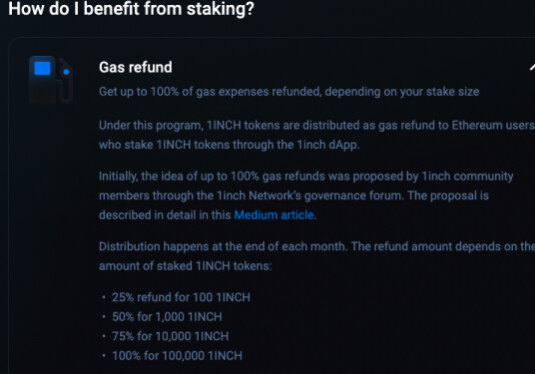The community has been discussing rETH liquidity incentives in discord going back to November of last year. The complexity of the issue hasn’t allowed for a clear consensus to be established, but I’m hopeful that the upcoming snapshot voting will change that.
Open Questions
This is my attempt to spark some discussion. I think these are the type of questions that might be suitable for a snapshot yes/no format down the line, but if the community takes this in another direction, that’s fine too.
- Is there support to budget for liquidity incentives at all?
- If yes, is there support for increasing the total annual inflation (currently 5%) to support this and/or reduce other allocations (oDAO or NO rewards) or should this exclusively come from the pDAO budget?
- Within the constraints defined in 2., what should the budget for incentives be?
The rocket pool smart contracts have both the total inflation value as well as the allocation to the different buckets (NO, oDAO and pDAO) as pDAO settings, so I think this is the correct scope for governance.
